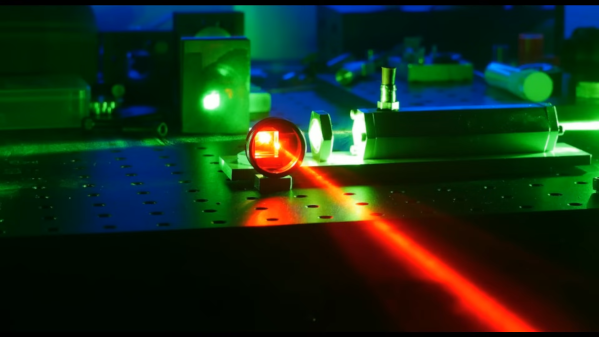We’ve seen a lot of AI tools lately, and, of course, we know they aren’t really smart, but they sure fool people into thinking they are actually intelligent. Of course, these programs can only pick through their training, and a lot depends on what they are trained on. When you use something like ChatGPT, for example, you assume they trained it on reasonable data. Sure, it might get things wrong anyway, but there’s also the danger that it simply doesn’t know what you are talking about. It would be like calling your company’s help desk and asking where you left your socks — they simply don’t know.
We’ve seen attempts to have AI “read” web pages or documents of your choice and then be able to answer questions about them. The latest is from Google with NotebookLM. It integrates a workspace where you can make notes, ask questions, and provide sources. The sources can be text snippets, documents from Google Drive, or PDF files you upload.
You can’t ask questions until you upload something, and we presume the AI restricts its answers to what’s in the documents you provide. It still won’t be perfect, but at least it won’t just give you bad information from an unknown source. Continue reading “Can Google’s New AI Read Your Datasheets For You?”














